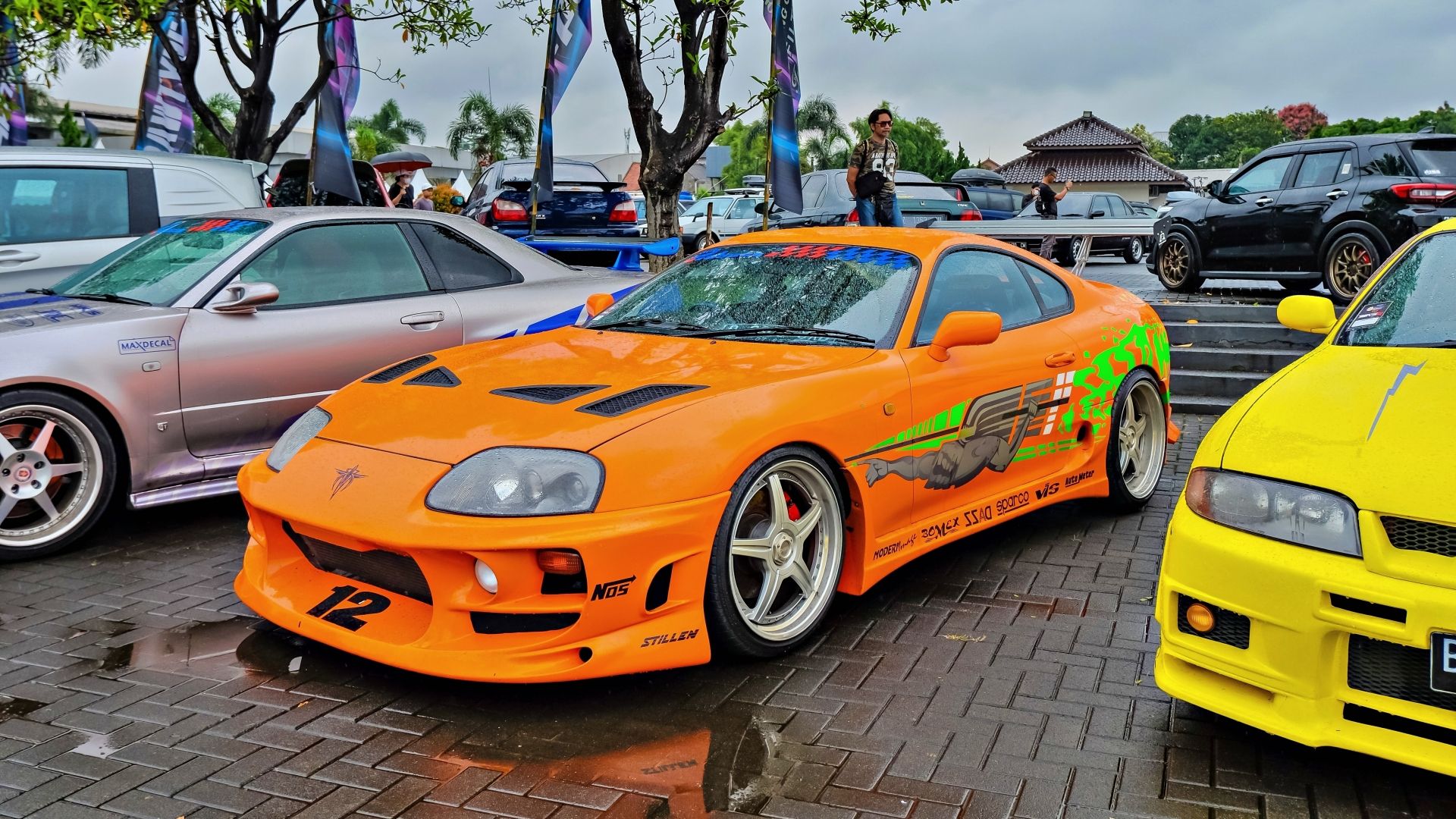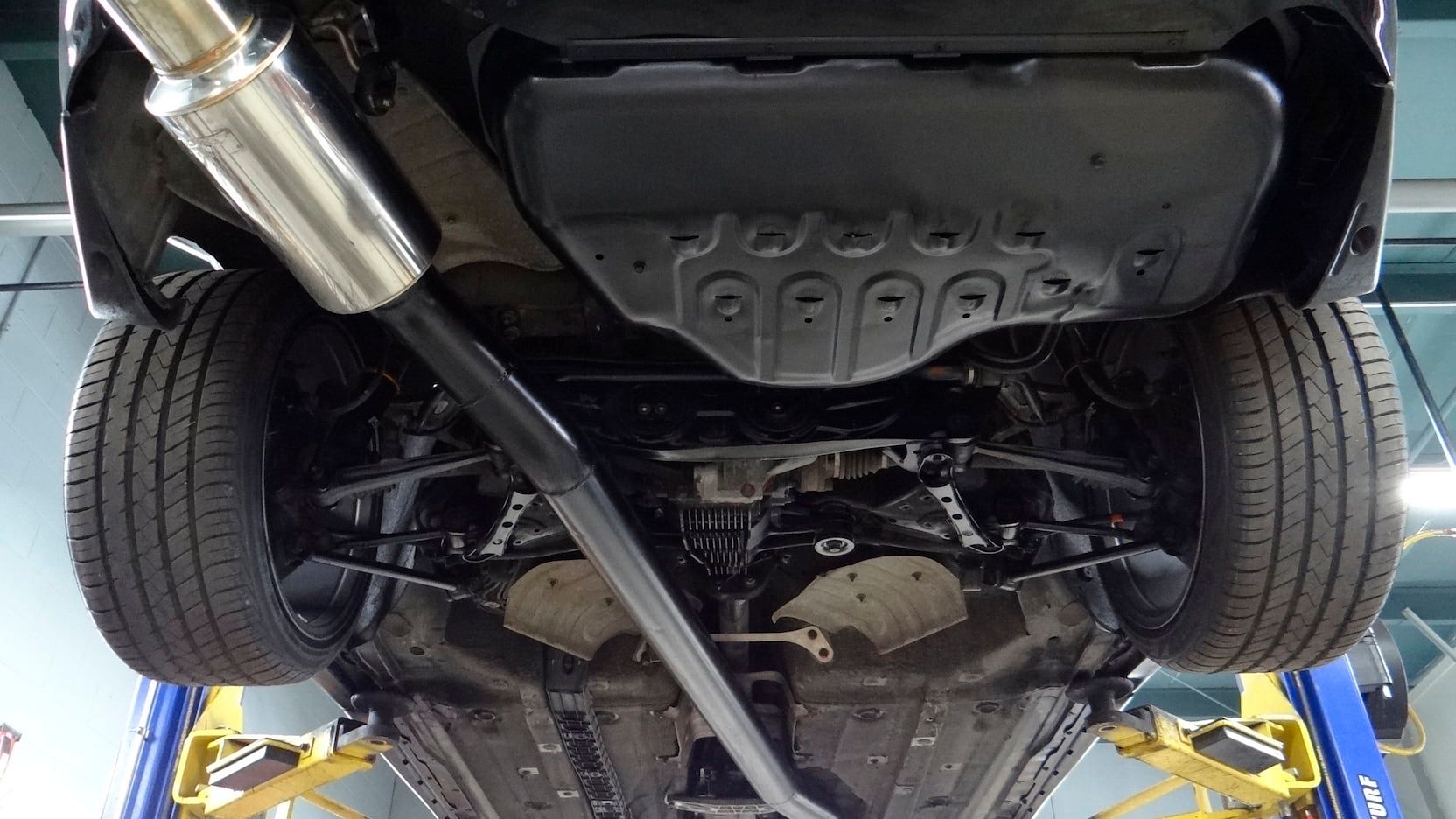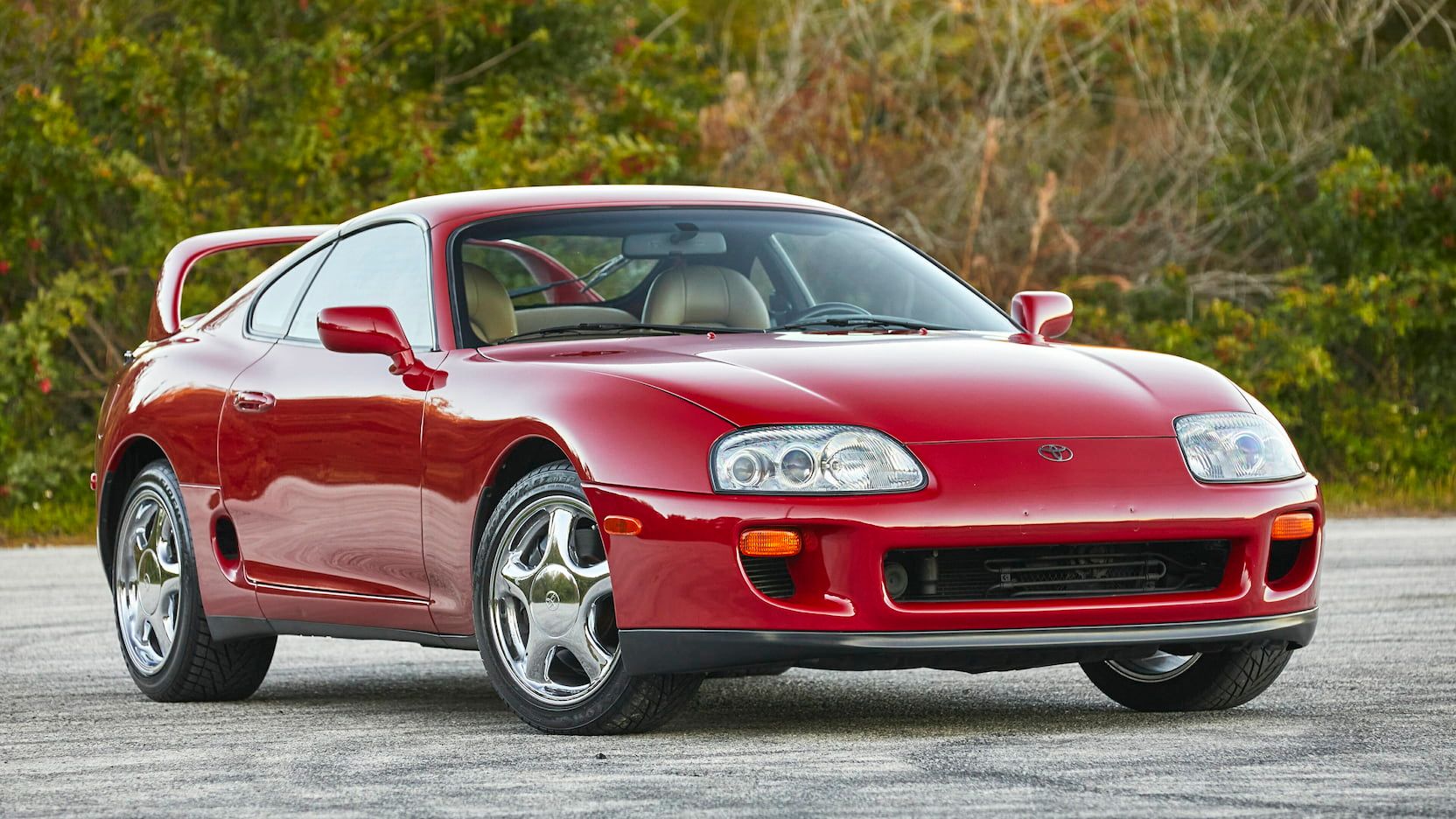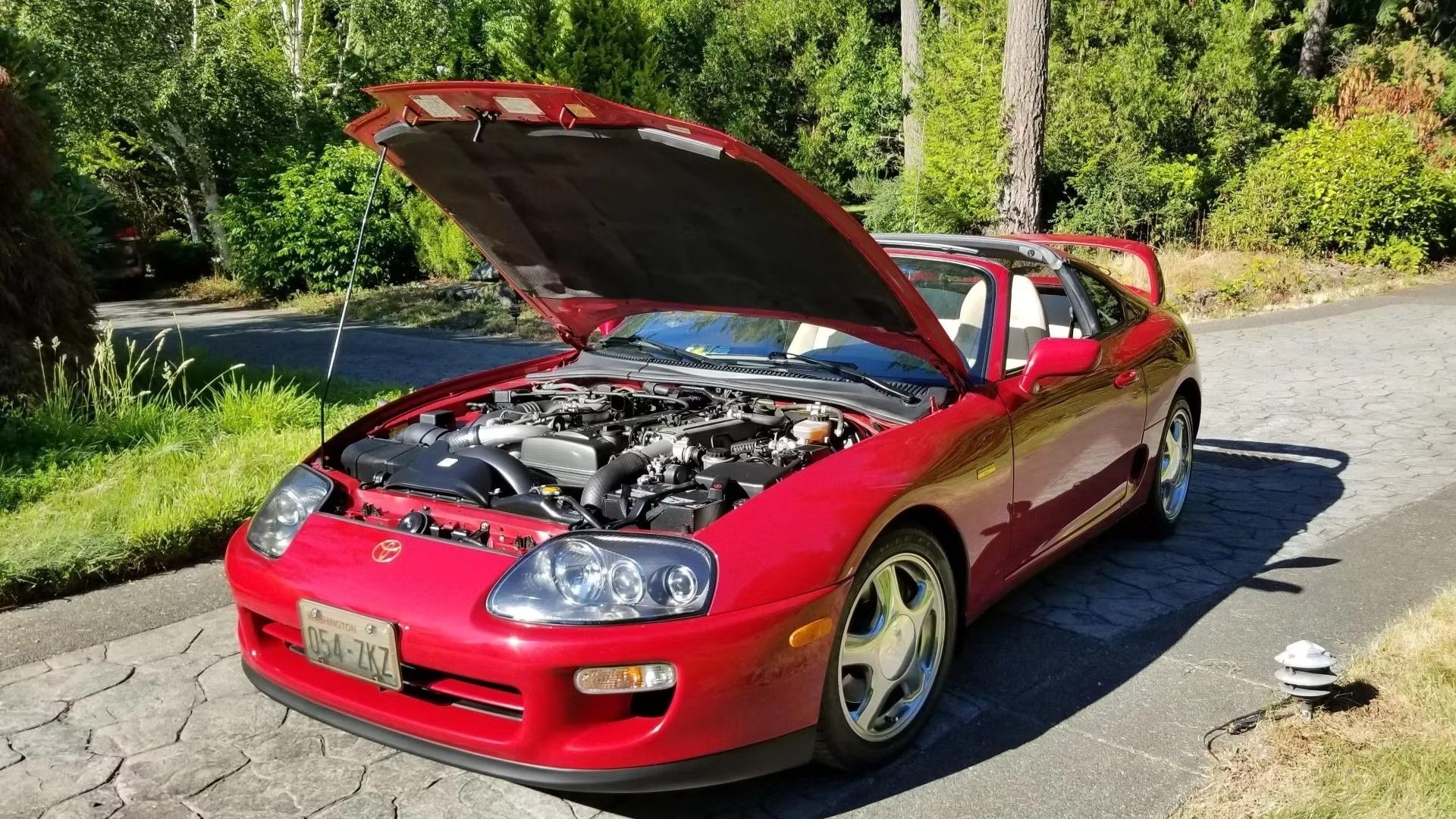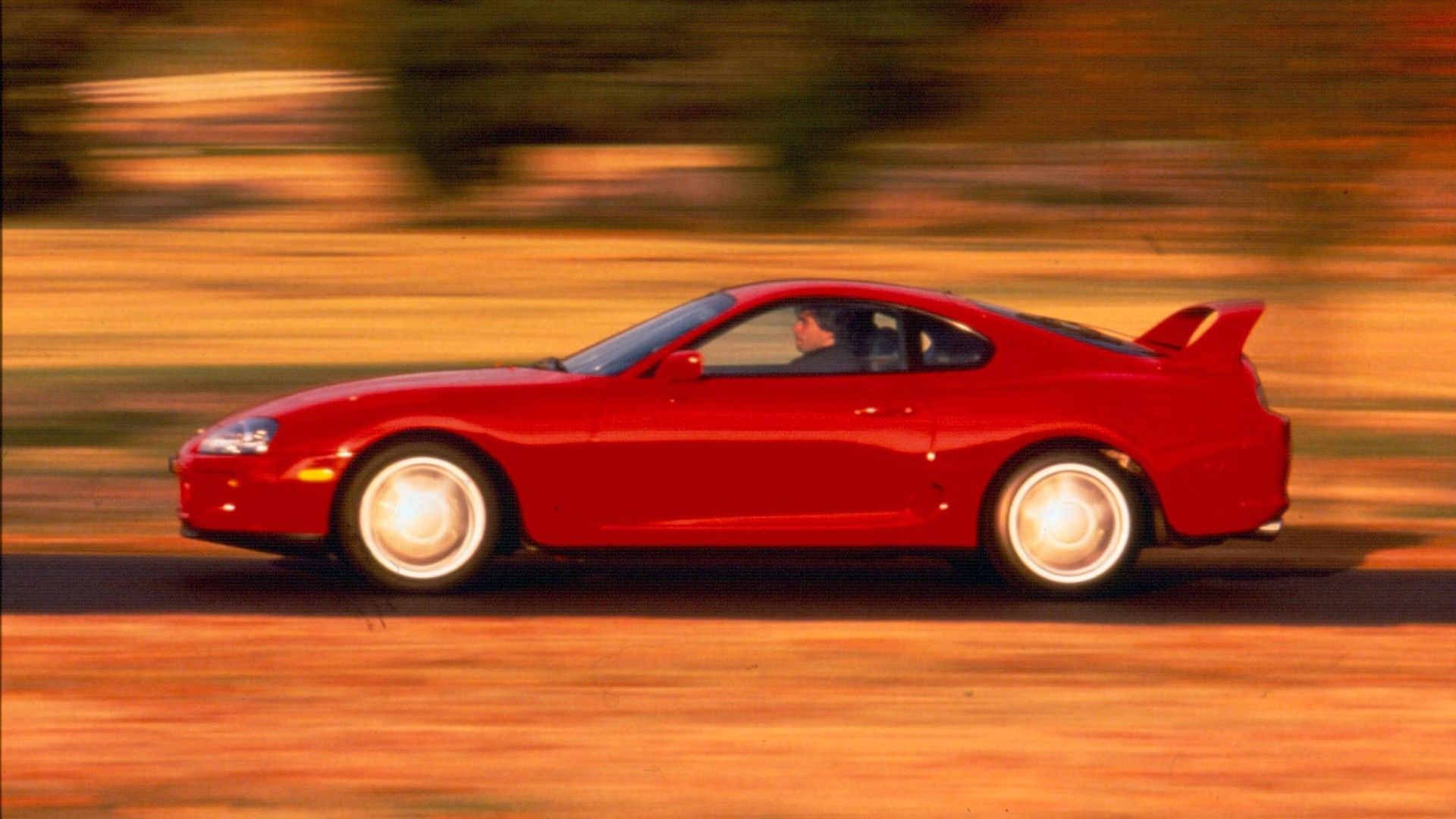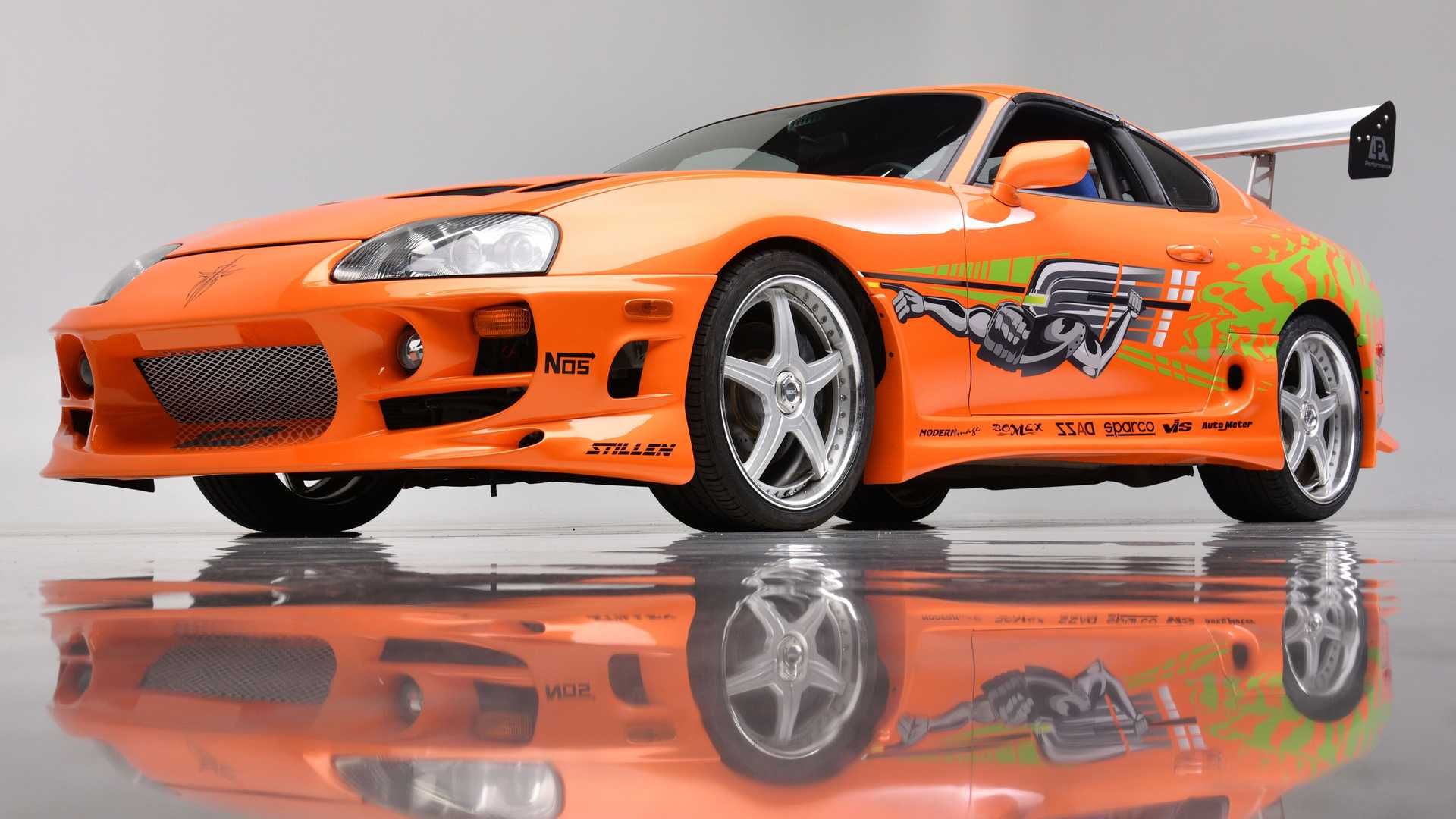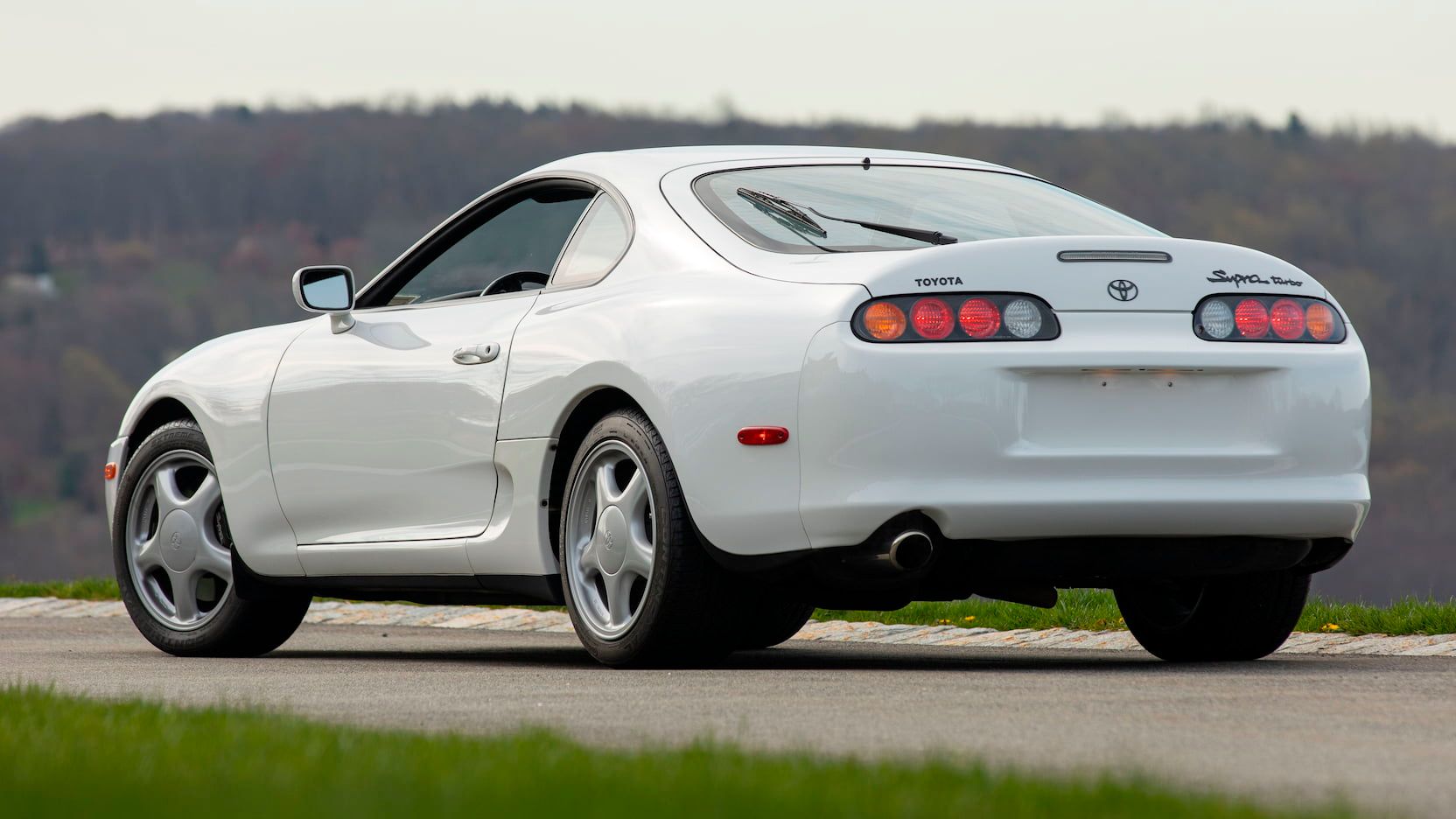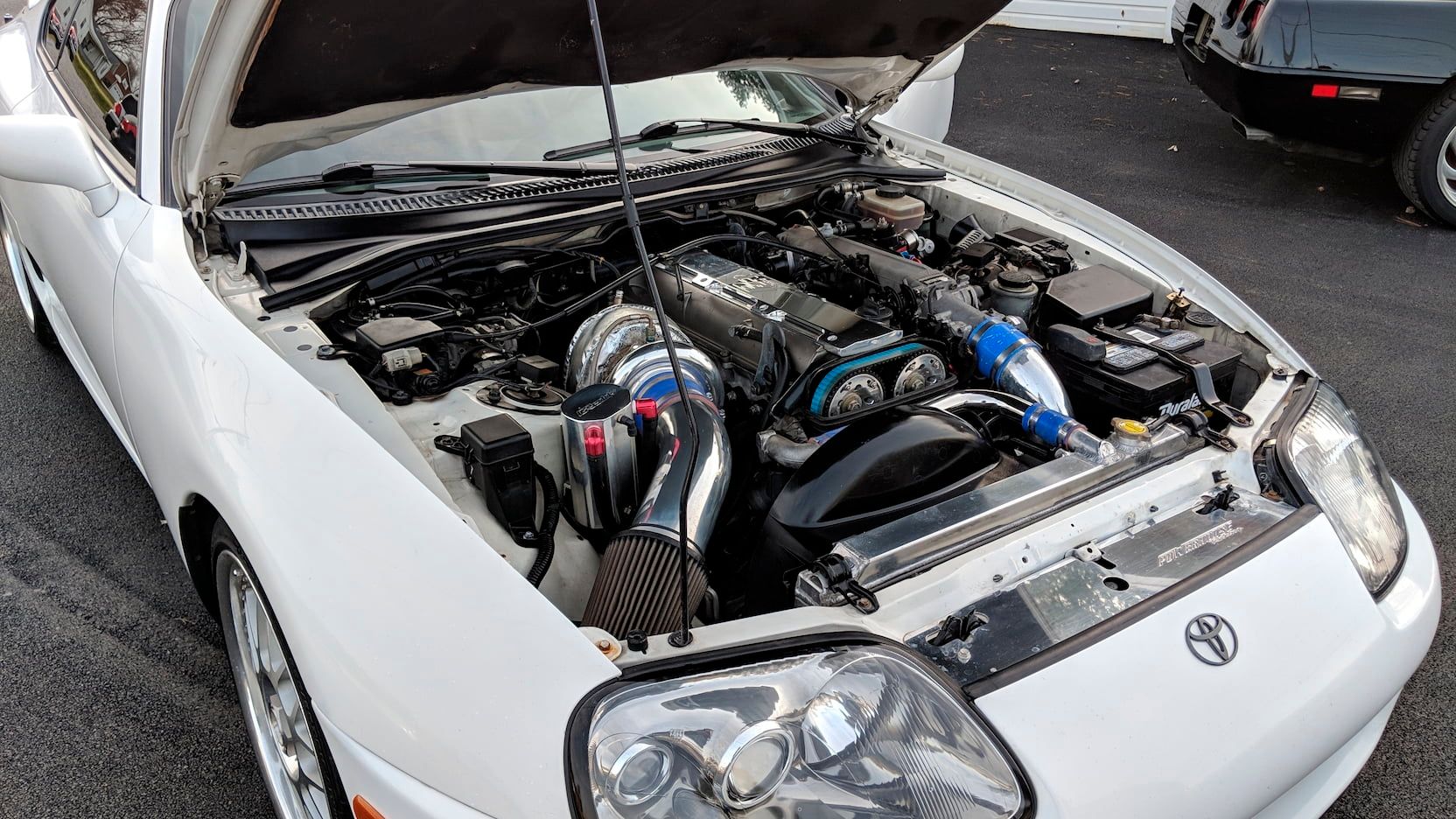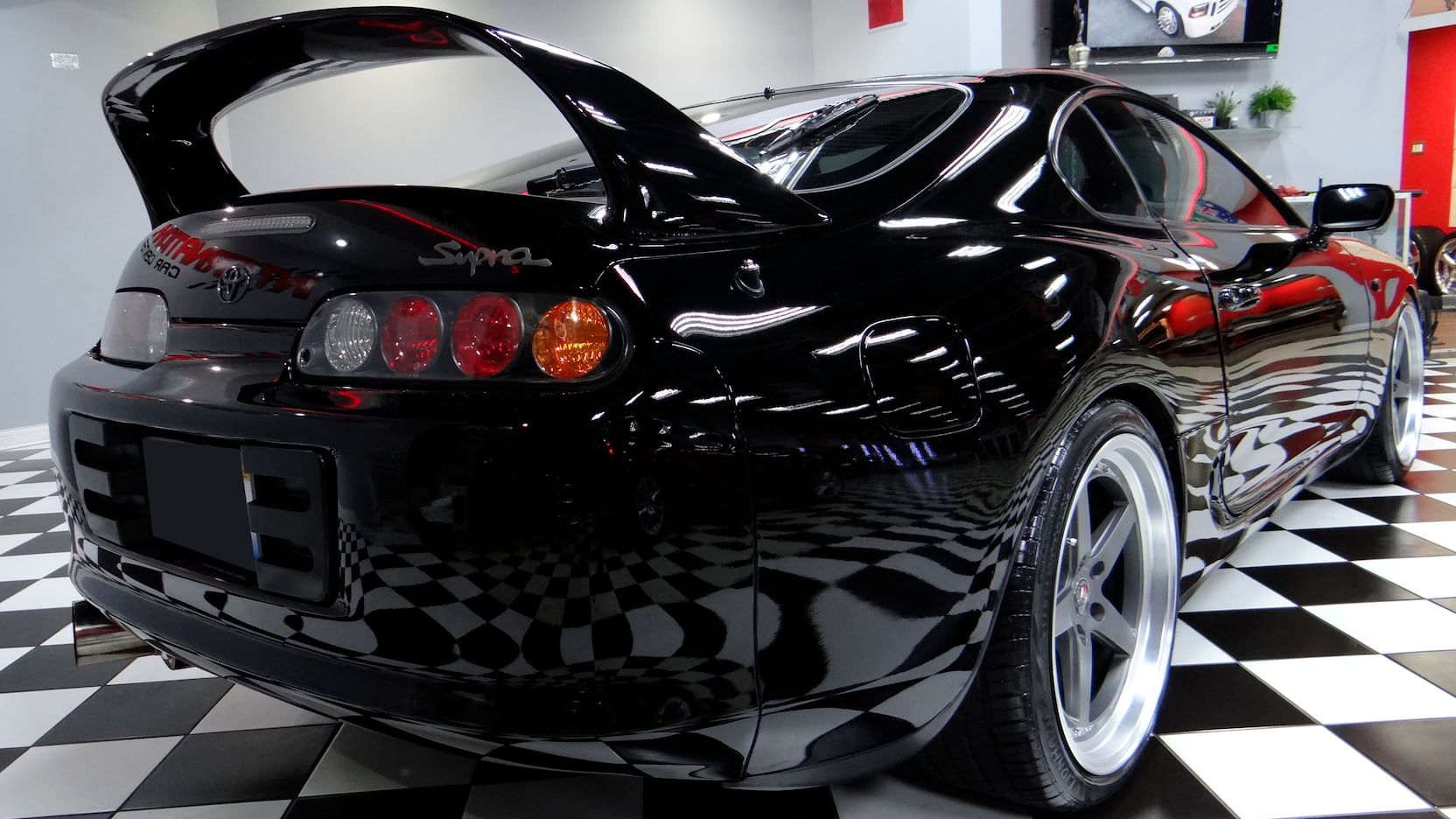The 90s was the golden era of JDM cars. During that time, cars had the perfect balance between old and new. They weren’t old to the point that they became unreliable nor new enough to be deemed too soft and new. In the 90s, engines were powerful, and interiors were comfortable, but cars still remained lightweight. Also, rules and regulations were far less strict; therefore, manufacturers could get more imaginative. As we are sure you are aware, during that time the world received some of the most legendary JDM models. These included JDM legends like the Toyota Supra, Nissan GT-R R34, Mazda RX7, and the Honda NSX.
The Toyota Supra (A80) Mk4 was perhaps the most famous of them all. It was a star in the Fast and Furious movies and is a model that has been used extensively for drag racing, and even track racing. The potential that lies within the (A80) Mk4 Supra is truly amazing because, with some simple modifications, it can easily put cars with far larger engines to shame. Today we will be talking about the Supra and its incredible ability to produce insane amounts of power.
1 It Had A Legendary Engine: The 2JZ-GTE
There are plenty of engines out there that make more power than Toyota’s 3.0-liter twin-turbocharged straight six. The legendary 2JZ (engine code) put out 320 horsepower from the factory. This number isn’t all that impressive by today’s standards, but was certainly respectable in the 1990s. However, the stock power isn’t what made the Supra famous.
The most impressive fact is that with some relatively simple modifications, this engine could reach 600 horsepower without breaking. All engines have a certain limit regarding how much you can tune them before they break. That limit on the 2JZ is extremely high and this is mainly due to its design. The block is strong, and all internal parts can take incredible amounts of stress. This is a classic example of Toyota over-engineering everything.
2 Its Drivetrain Was Incredibly Strong And Robust
Of course, a strong engine on its own would not be enough to create such a legend – all the peripheral components also need to be able to take the stress from the engine and this is exactly the case with the Supra. The six-speed transmission that came with the turbocharged versions (naturally aspirated Supras with a five-speed were also available) could also hold insane amounts of power.
This was when considering, it was originally mated to a car with 320 horsepower on tap. Now, directly behind the transmission, we have the driveshaft and diff which were also very strong. Granted, they do break at some point, but you really need to be pushing some big numbers to do so.
3 The 2JZ-GTE With Rear-Wheel Drive: A Match Made In Heaven
Front-wheel drive vehicles are fun; however, if you really want to experience the essence of driving, you need rear-wheel drive. Plus, pushing upwards of 400 horsepower through a front-wheel drive vehicle just gets way too much to cope with. Torque steer and understeer lead to a driving experience that isn’t all that special.
Thankfully, the Supra had a rear-wheel drive setup which meant it was insanely fun to drive but could also respond well to power modifications. With more power came stickier tires and with stickier tires more grip. Now we are sure you have seen Supras online that keep on spinning their wheels from first all the way up to fifth gear. To that, we say there is only so much a tire can do. In a street car with 700 horsepower and a manual transmission not spinning the wheels becomes nearly impossible.
4 The Supra Has Endless Tuning Support
Any car that has potential will have incredible tuning support. As people get to know that vehicle and its capabilities, products flood the market which makes it even more capable. The Supra is perhaps one of the vehicles with the largest aftermarket support in the world. Anything you want can be had. For example, people going for a mild build can find aftermarket turbos, exhaust systems, and suspension upgrades easily.
On the other hand, for those who are chasing upwards of 1000 horsepower and insane quarter-mile times aftermarket support is also plentiful. Forged internals for the 2JZ are available and even kits to change the transmission for stronger units exist. The original transmission is strong but won’t be able to cope with 1000 horsepower.
5 The A80 Supra Offers Timeless 90s Styling
It is safe to say that any performance car must also look good. Having great abilities in a car that doesn’t inspire you just by looking at it is a problem. Granted, looks can be subjective, but we believe that the Supra deals with the design aspect well. It is distinctively Japanese while also insanely unique. It is difficult to confuse the Supra for anything else on the road. Its long hood, big headlights, and characteristic taillights are all signature factors in the Supra’s design.
As is the case with tuning support, there are also plenty of choices when it comes to exterior looks. Your Supra can sport a mild and subtle look with some premium wheels and a lower ride height or an over-the-top 1990s Japanese style with big spoilers, bumpers, and side skirts. The sky is the limit here.
6 The Supra Was A Great Racecar
In many cases, great road cars were also simultaneously great race cars. Take the Mitsubishi Evolution or the Subaru Impreza. While they were dominating the roads with insane amounts of grip and performance, they were also dominating the rally scene with many of the same attributes. The Supra also had a race car cousin and this is the well-known and insanely wide Castrol TOM’s Toyota Supra GT.
This version of the Supra was created to compete in Japan’s JGTC (all-Japan grand touring car championship) and was the ultimate version of the beloved sports car. A fact about the GT500 Supra many people don’t seem to know about is that it didn’t utilize the 2JZ engine. Instead, it used the 2.0-liter turbocharged 3S-GT that still put out 493 horsepower but was lighter. This vehicle ignited the huge rivalry that now exists between Nissan and Toyota.
7 The Supra Is A Movie Star
Now this attribute of the Supra shouldn’t need any introduction, but in case you weren’t aware, the Supra is perhaps one of the most famous movie cars of all time. It was featured in the Fast and Furious franchise as one of the fastest cars in the movie. It took on American muscle with pride and could even put Italian supercars to shame.
Best of all is the fact that the way the car was presented in the movie was actually true to real life. The insane tunability and durability of its engine and components mean that the supra could easily become faster than American muscle cars (that in many cases had double the displacement) or could even beat much more expensive Italian exotics.
8 It Offers Bullet-Proof Toyota Reliability
It is widely known that fast cars are in most cases unreliable. Since their engines produce a lot of power, internal parts are constantly put under load which decreases their life. This, however, wasn’t the case with the Supra. Everything was so over-engineered that if left as it came from the factory would last thousands of miles.
It isn’t uncommon to find a Supra with upwards of 200,000 miles and you certainly can’t say the same for most supercars and sports cars of the time. The Supra was one of the first vehicles that managed to blend performance, and reliability so well. It could easily serve as a daily driver and a weekend toy all at once. When you got the Supra, there was no need to have two sepertate weekday and weekend car.
9 It Is Insanely Easy To Work On
The A80 Supra is an old vehicle and because of that, it keeps things simple doesn’t use complicated electronics. In fact, everything is relatively straightforward to figure out if you are mechanically minded. Therefore, it provided the perfect base for people who loved to fix and tune their vehicles at home. A simple tool set could get you a long way with these cars.
Now, even if you didn’t want to work on the Supra yourself, having a mechanic do so wouldn’t cost much in labor as everything is relatively straightforward to fix. However, it must be stated that parts can be expensive. This is a well-known fact about Toyotas in general. Since parts are of good quality, buying original replacements can be pricey.
10 The Ml4 A80 Toyota Supra Is Now A Collectible
The fact that the Supra is now a collector’s vehicle isn’t the reason why it has become so famous along the tuning scene; however, it is now helping spread its reputation even further. The recent increase in demand and asking price has made the Supra even more of a JDM legend which then leads to even more people wanting to buy them.
People who know what they are looking at can now see the Supra as a status item. A well-preserved relatively original one can fetch a hefty price (you're looking well north of six figures); therefore, we will surely be seeing more of the Supra both in car meets, museums, and of course – on the drag strip.

